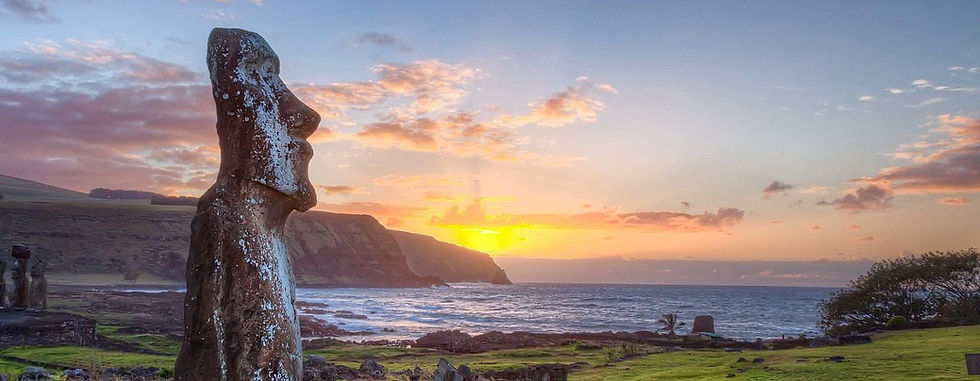Salar de Uyuni: Bolivia's Enigmatic Salt Flat and Wildlife Haven
- peter auwerx
- Feb 2, 2024
- 2 min read

Salar de Uyuni, also known as Salar de Tunupa, stands as a testament to nature's awe-inspiring wonders. This colossal salt flat, the largest in the world, sprawls across a staggering 10,000 square kilometers (3,900 square miles) in the heart of the Daniel Campos Province in Potosí, Bolivia. Perched high in the Andes at an elevation of 3,656 meters (11,995 feet) above sea level, this otherworldly landscape holds a rich history, teems with wildlife, and offers a glimpse into a sustainable future.
A Geological Marvel: The origins of Salar de Uyuni trace back to prehistoric times when it was part of a massive prehistoric lake known as Lake Minchin. As the lake dried up, it left behind this surreal, mirror-like expanse of salt, an unworldly vista that stretches as far as the eye can see. During the rainy season, a thin layer of water covers the flats, creating a perfect reflection of the sky, making it appear like a boundless, mesmerizing mirror.
Wildlife Oasis: But Salar de Uyuni isn't just about its stunning visual spectacle. It's a thriving ecosystem that supports an array of unique and resilient wildlife. The nearby Laguna Hedionda is famous for attracting flocks of flamingos, giving Los Flamencos, a rustic eco-lodge, its name. This lodge, nestled amidst the untamed beauty of South America, offers visitors a chance to connect with nature in its purest form.
The Laguna Hedionda, along with neighboring lakes and lagoons, is a vital habitat for three different species of flamingos: the Chilean flamingo, the Andean flamingo, and the James's flamingo. These elegant birds gather here in significant numbers, painting the serene waters with their vivid pink plumage. Birdwatchers and nature enthusiasts flock to this region to witness this stunning spectacle of nature.
History and Culture: Salar de Uyuni holds cultural significance for the indigenous people of Bolivia, particularly the Uru-Chipayas, who have called this region home for centuries. For them, the salt flats are not just a geological marvel but a sacred place steeped in tradition and folklore.
In recent years, Salar de Uyuni has become a popular tourist destination, drawing adventurers and photographers from all corners of the globe. The allure of walking on what seems like an endless sea of salt, exploring the vibrant communities that dot the region, and capturing the reflection of the sky in its pristine surface is a magnetic draw for travellers.
A Sustainable Future: The increasing popularity of Salar de Uyuni comes with a responsibility to protect its delicate ecosystem and preserve its pristine beauty. Sustainability efforts are underway to ensure that tourism development doesn't harm the environment.
Bolivia's government, along with local and international organizations, is working to strike a balance between tourism and conservation. Sustainable practices, responsible tourism, and educational initiatives aim to safeguard the salt flats and the wildlife that depend on it for generations to come.
As visitors tread lightly on this fragile landscape and learn about its history, culture, and wildlife, Salar de Uyuni continues to capture the hearts of all who venture to this remarkable corner of the world. It stands as a symbol of the harmonious coexistence of nature, culture, and human curiosity, inviting us to explore and protect this incredible natural wonder.
Peter Auwerx, Bookingbox



Comments